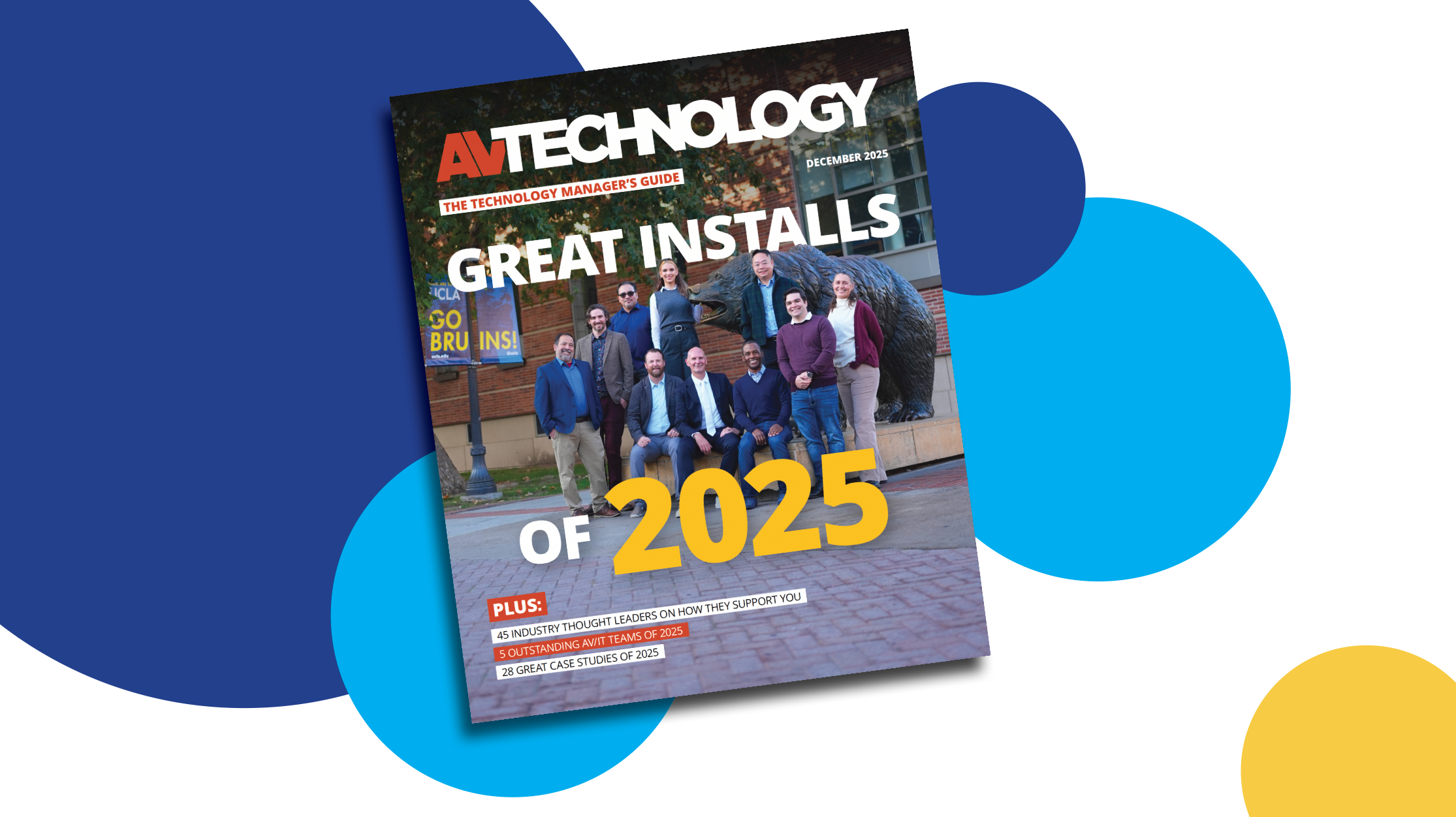On Next-Gen Audio: Bose Professional
Adam Shulman, Product Lead, Installed Systems Business at Bose Professional shares insight into trends and best practices for implementing next-gen audio into meeting spaces and classrooms.

AVT Question: Please share insight and best practices for implementing next-gen audio into meeting spaces and classrooms.
Thought Leader: Adam Shulman, Product Lead, Installed Systems Business at Bose Professional
People returning to hybrid work and learning environments is becoming the new normal, along with the expectation that regardless from where you participate in a video call or learning session, the virtual experience for both sound and image should provide people with the same experience: the ability to see everyone in the room up-close and hear every aspect of the conversations. Beam-steering microphones and auto-framing camera capabilities have quickly become the standard capabilities manufacturers need to incorporate into products.
Meeting space and collaboration technology is no longer a luxury, but is now a requirement for successful collaboration and meeting with clients, colleagues, and groups of people." —Adam Shulman, Product Lead, Installed Systems Business at Bose Professional
The evolution of hybrid work also means meeting rooms are increasingly centered around a ‘user first’ and not ‘technology first’ experience. This means instead of users learning how to use the in-room tech in order to be productive, the tech is designed and interacts with users in already-familiar ways — like people using voice commands in their homes and vehicles, so why not in meeting spaces? Imagine walking into a meeting space where there’s no visible meeting tech, yet having the ability to host and control meetings all through voice commands — including sharing content.
The quantity of formal meeting spaces within an organization will shrink to adjust for a hybrid workforce and quickly evolving AI tech. This means meeting rooms will move towards the extremes of cost and complexity: they’ll be either low-cost, easy setup, small room solutions installed by the end user, or they will be fully integrated rooms with high-end features. Both will be very easy to use, but professionally designed, integrated, and monitored.
Meeting space and collaboration technology is no longer a luxury but is now a requirement for successful collaboration and meeting with clients, colleagues, and groups of people.
[15 AV/IT Thought Leaders On Streaming]
A daily selection of features, industry news, and analysis for tech managers. Sign up below.

Cindy Davis is the brand and content director of AV Technology (AVT). She was a critical member of the AVT editorial team when the title won the “Best Media Brand” laurel in the 2018 SIIA Jesse H. Neal Awards. Davis moderates several monthly AV/IT roundtables and enjoys facilitating and engaging in deeper conversations about the complex topics shaping the ever-evolving AV/IT industry. She explores the ethos of collaboration, hybrid workplaces, experiential spaces, and artificial intelligence to share with readers. Previously, she developed the TechDecisions brand of content sites for EH Publishing, named one of the “10 Great Business Media Websites” by B2B Media Business magazine. For more than 25 years, Davis has developed and delivered multiplatform content for AV/IT B2B and consumer electronics B2C publications, associations, and companies. A lifelong New Englander, Davis makes time for coastal hikes with her husband, Gary, and their Vizsla rescue, Dixie, sailing on one of Gloucester’s great schooners and sampling local IPAs. Connect with her on LinkedIn.
